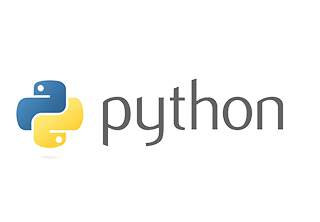- Class and object
- Attributes
- Inheritance
- Overloading
- Overriding
- Data hiding
- Match function
- Search function
- Matching VS Searching
- Modifiers
- Patterns
- Introduction
- Architecture
- CGI environment variable
- GET and POST methods
- Cookies
- File upload
- Introduction
- Connections
- Executing queries
- Transactions
- Handling error
- Socket
- Socket Module
- Methods
- Client and server
- Internet modules
- Thread
- Starting a thread
- Threading module
- Synchronizing threads
- Multithreaded Priority Queue
- Introduction
- Tkinter programming
- Tkinter widgets
Accordion Content
Accordion Content

